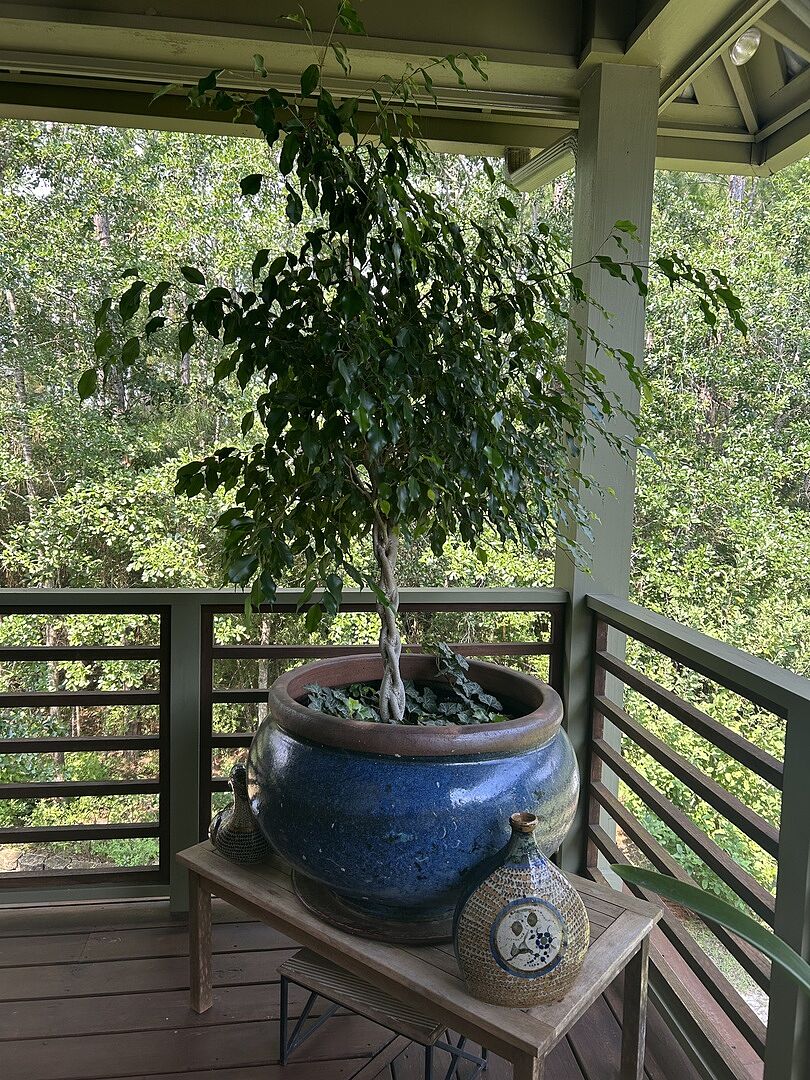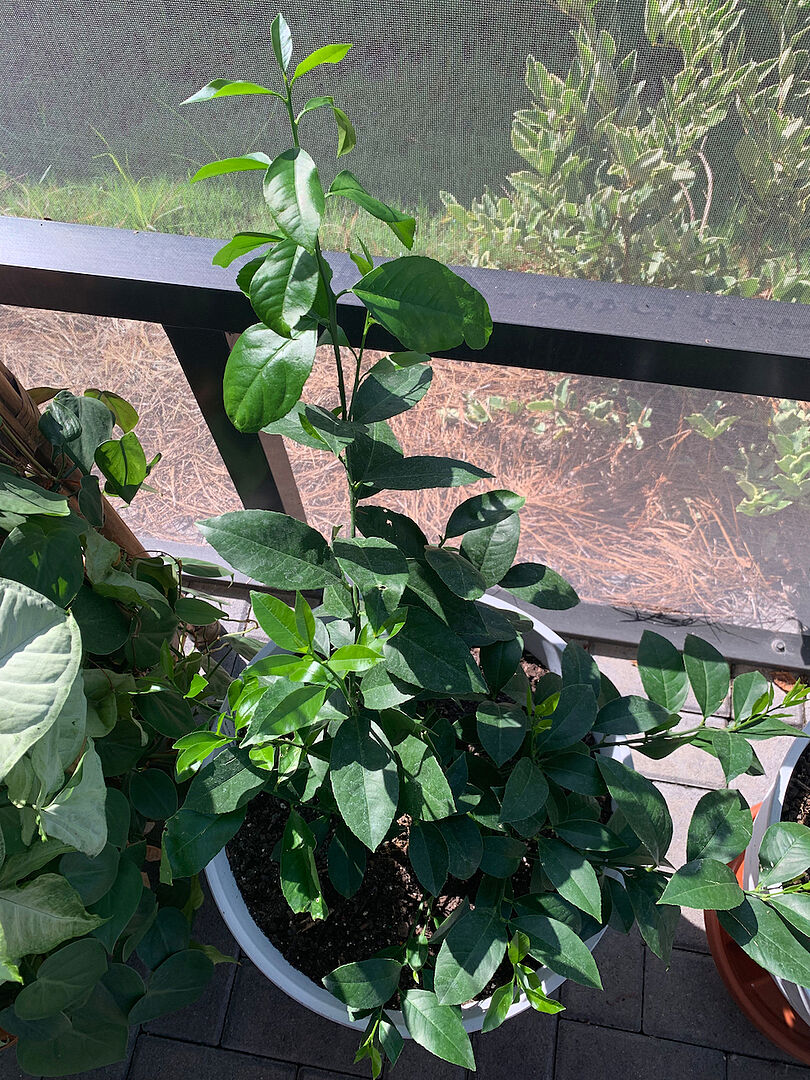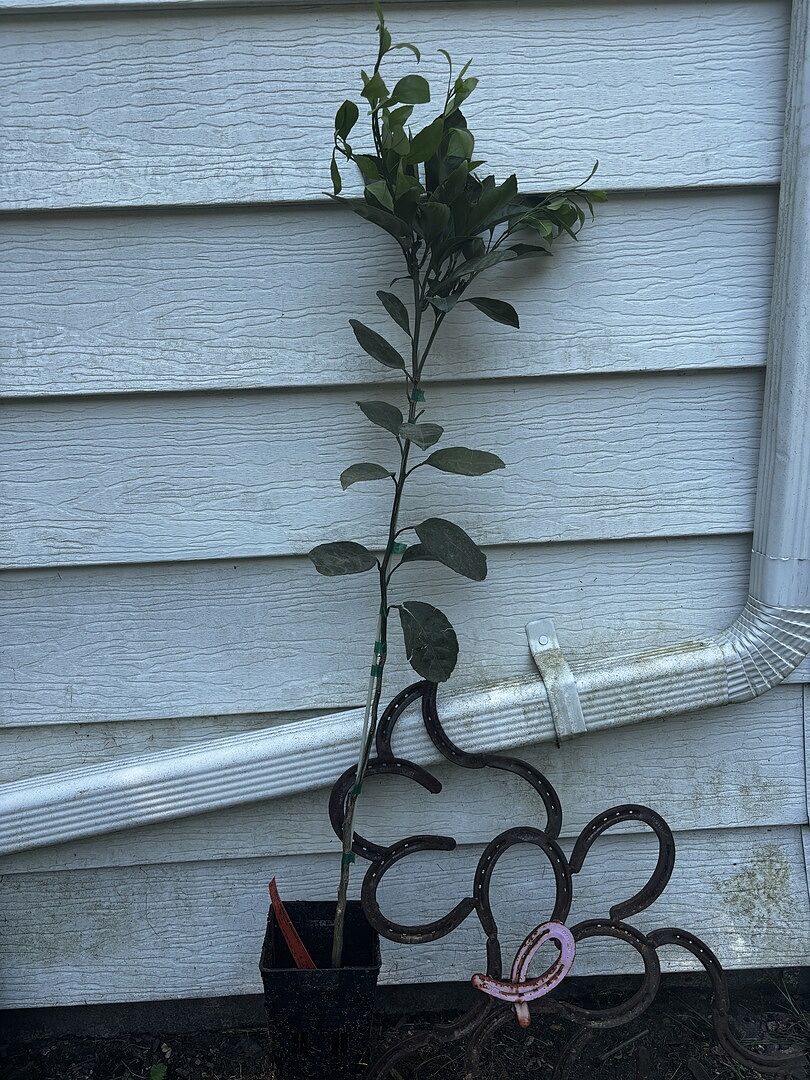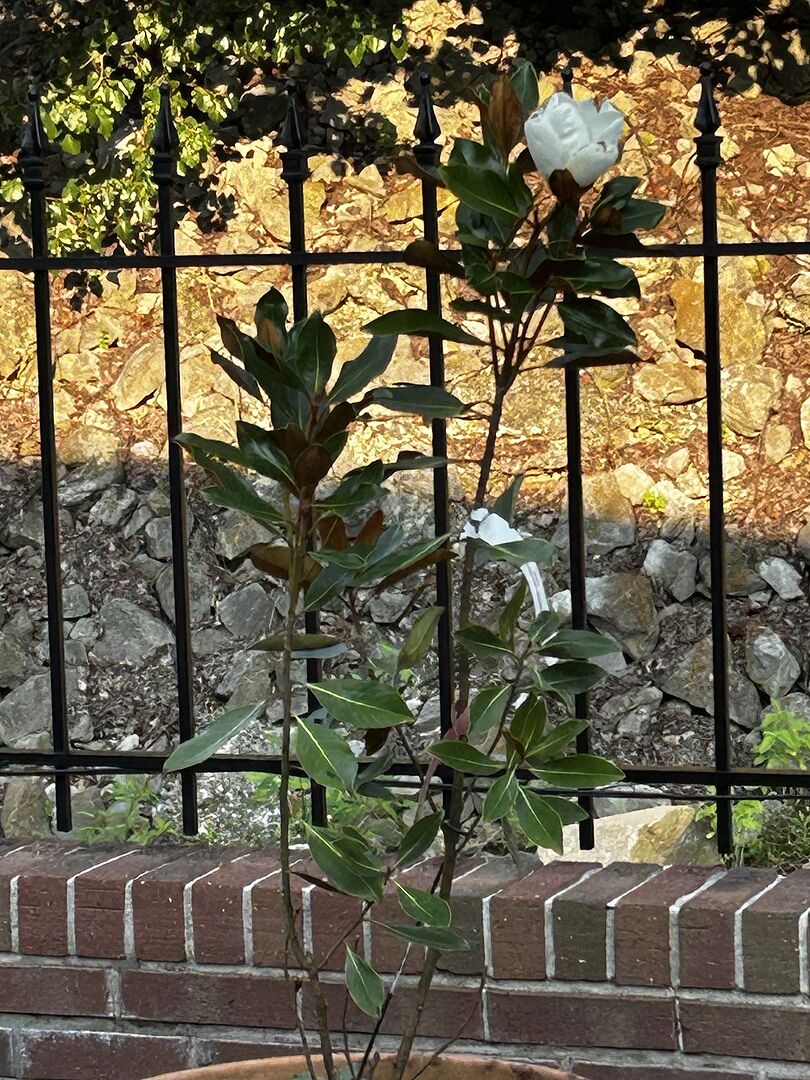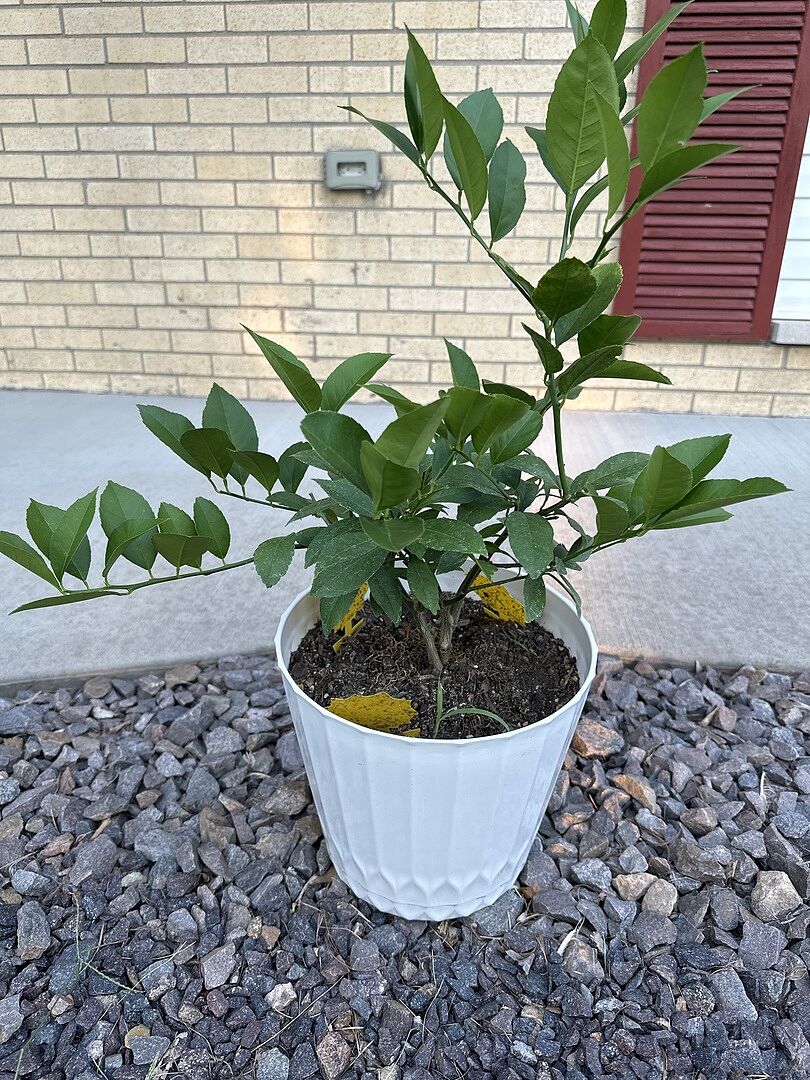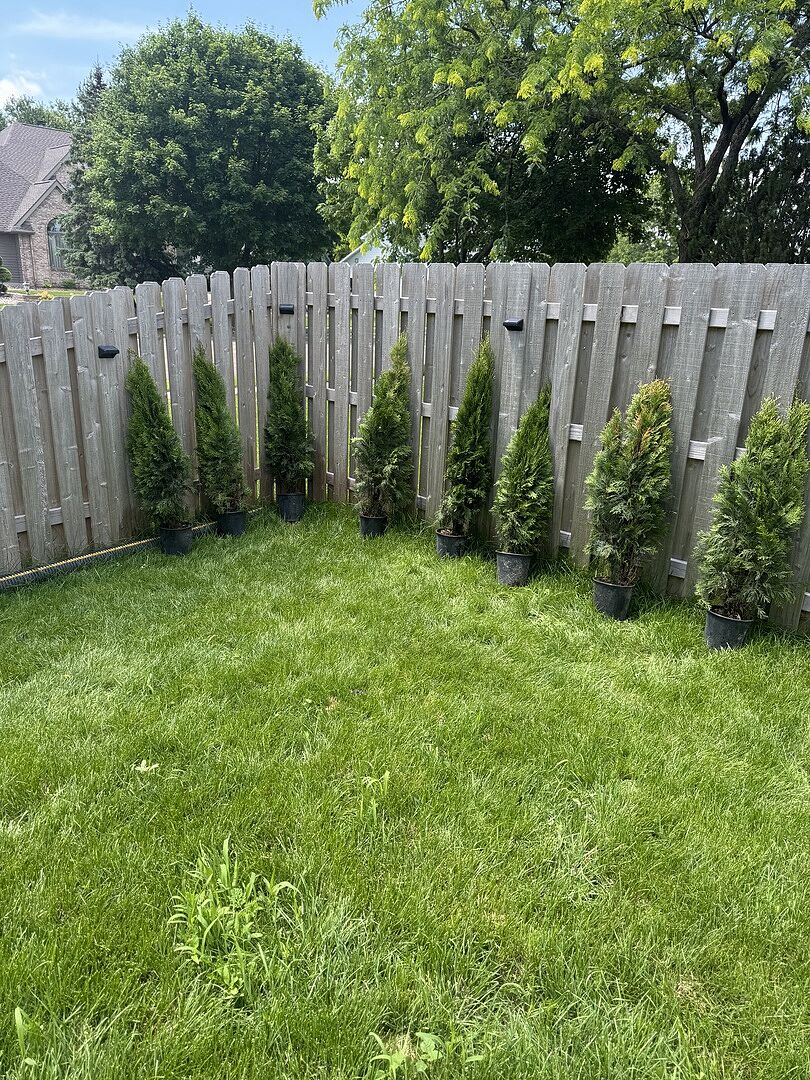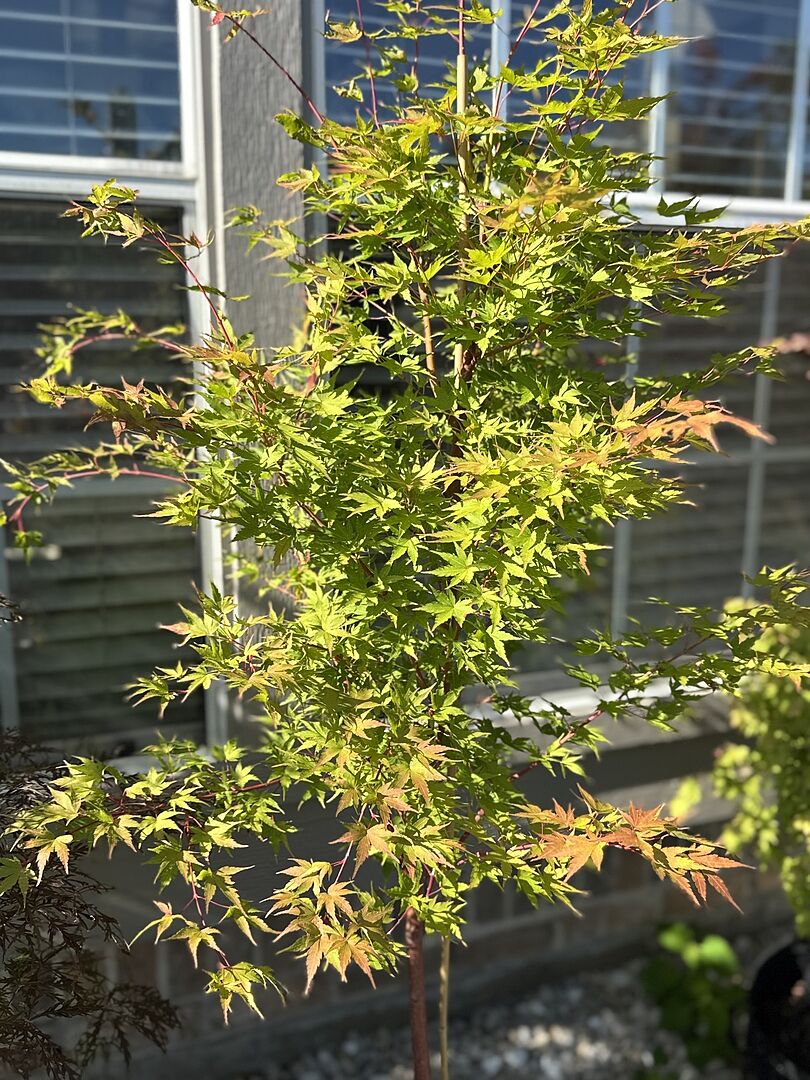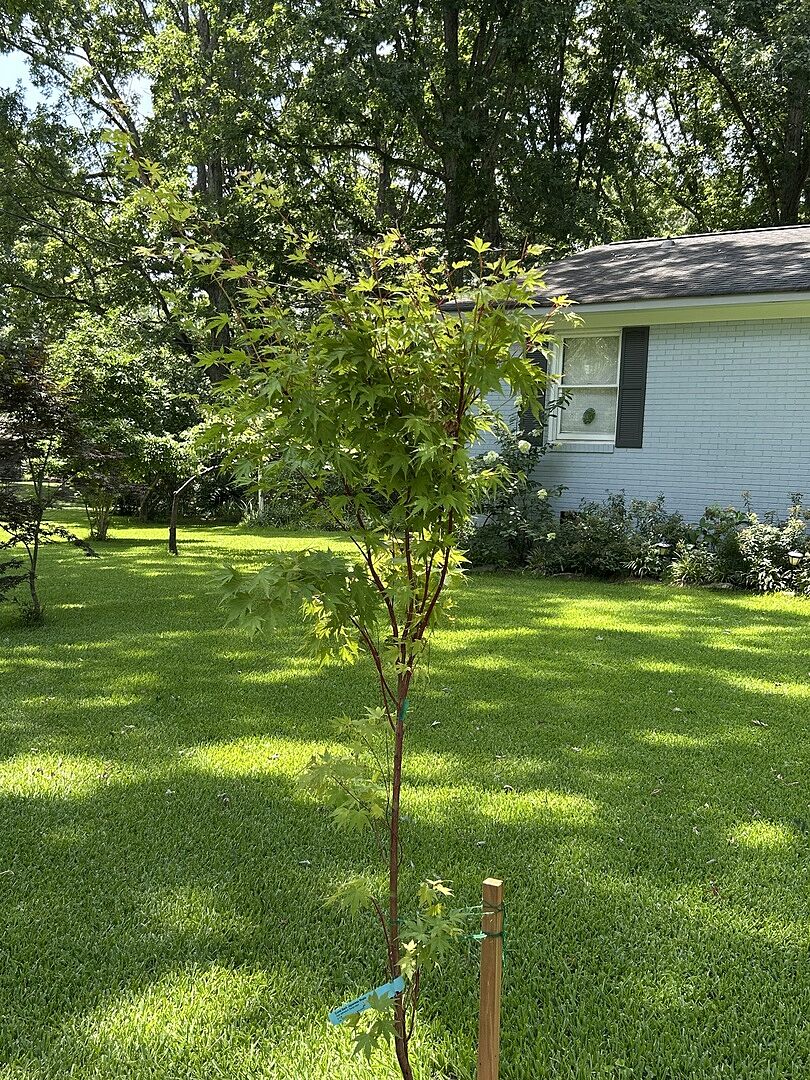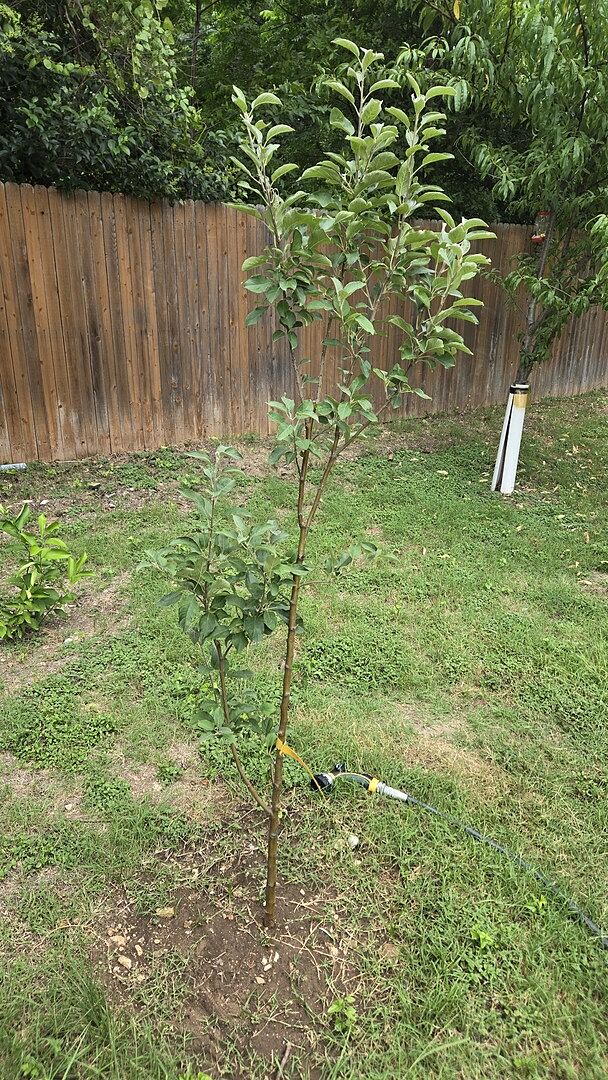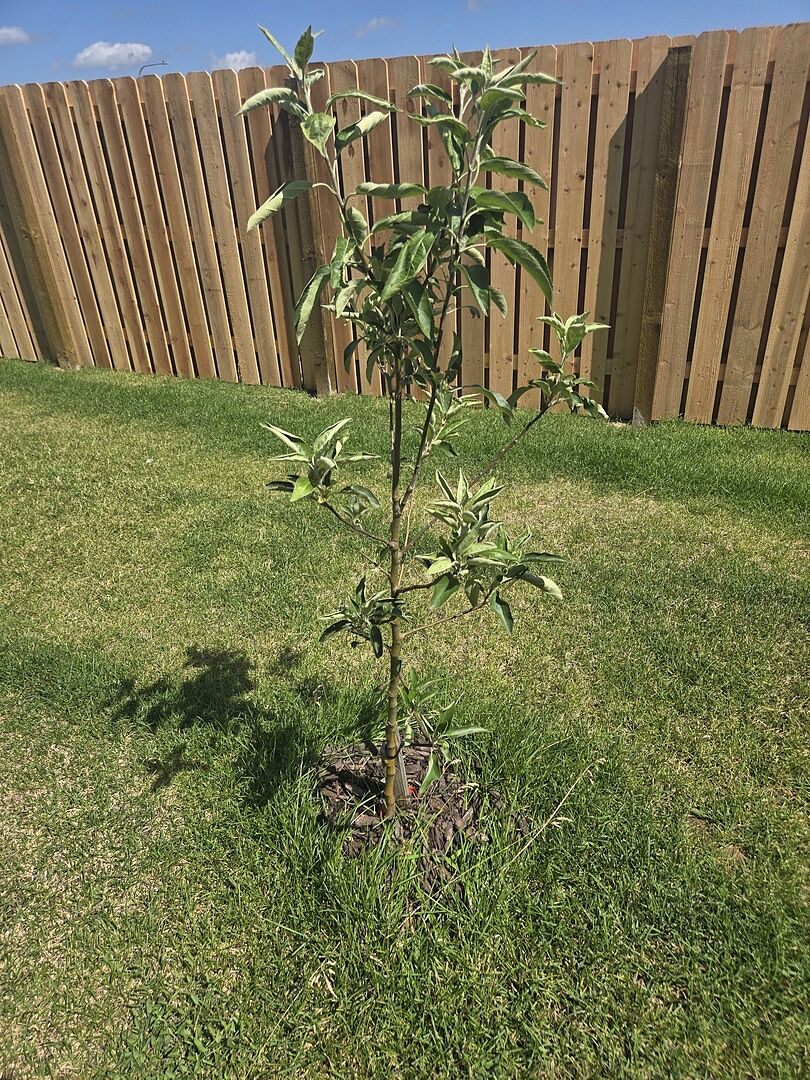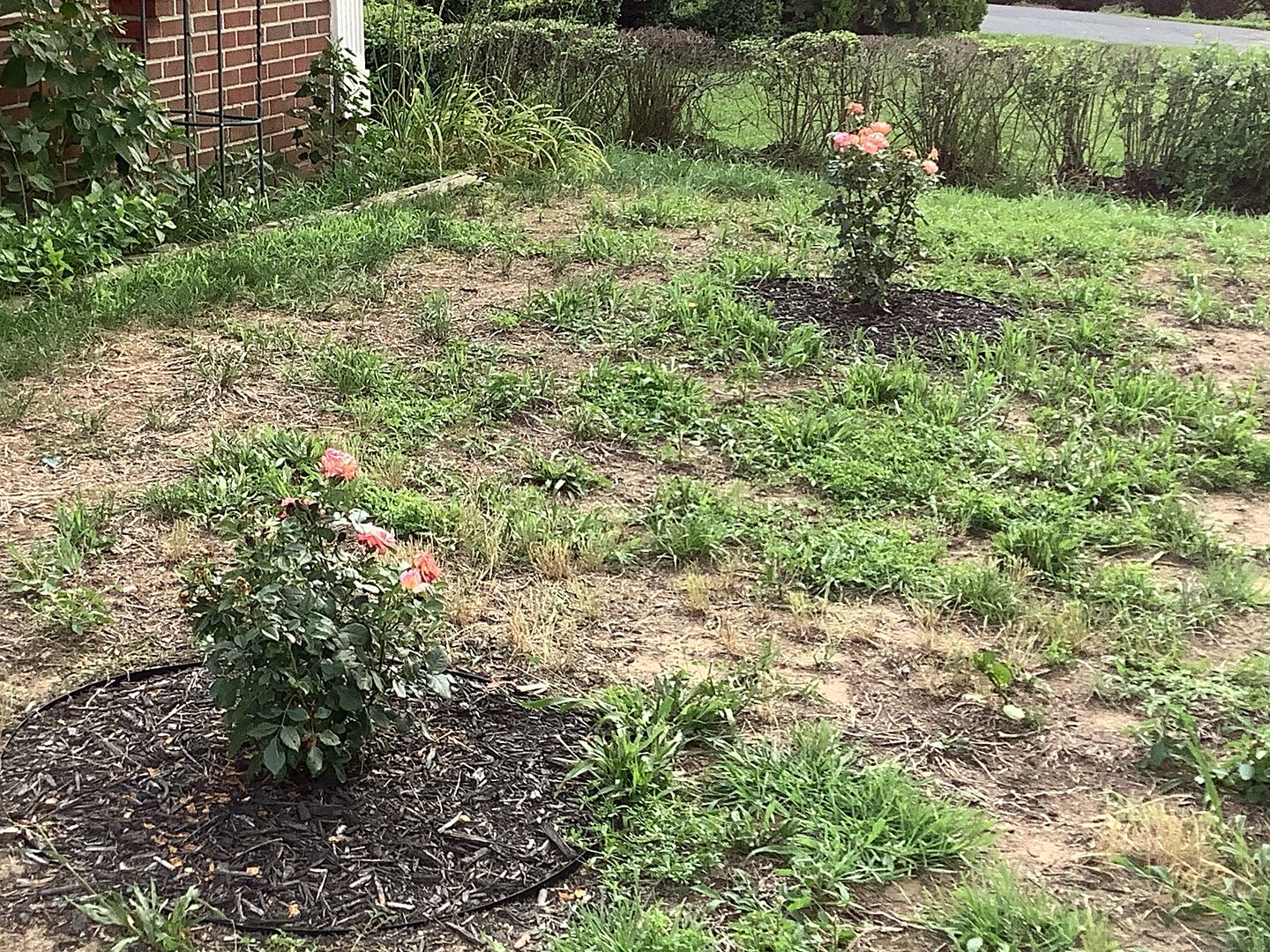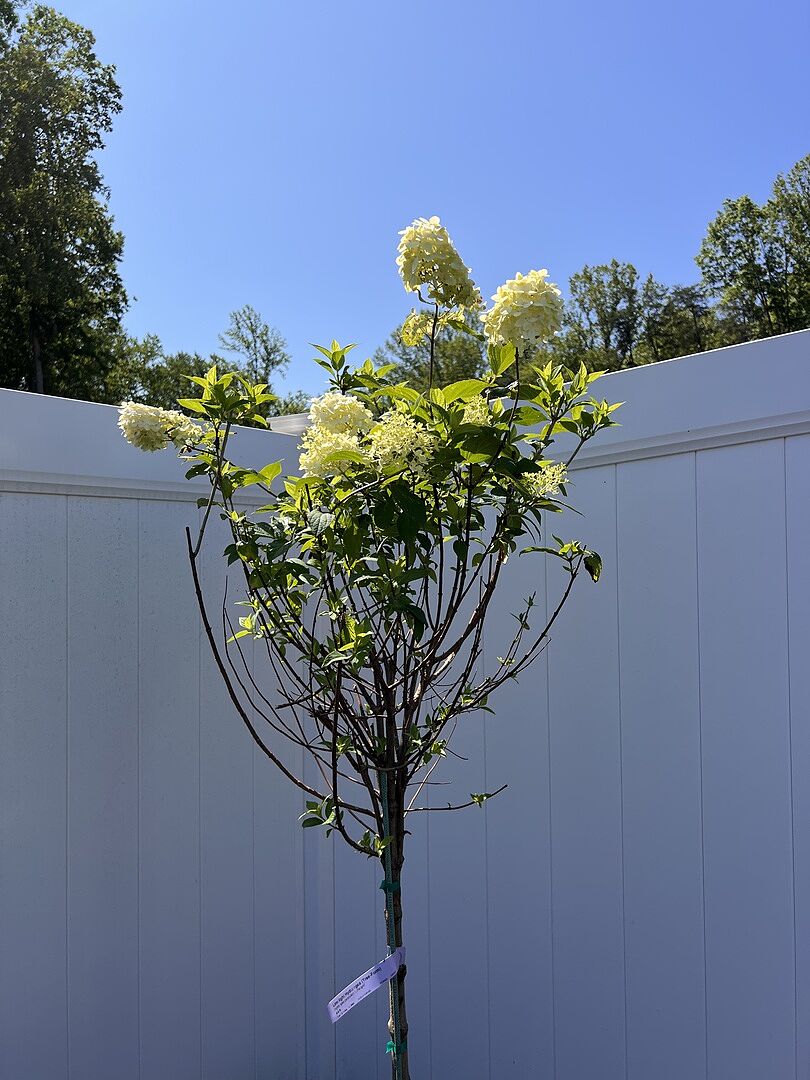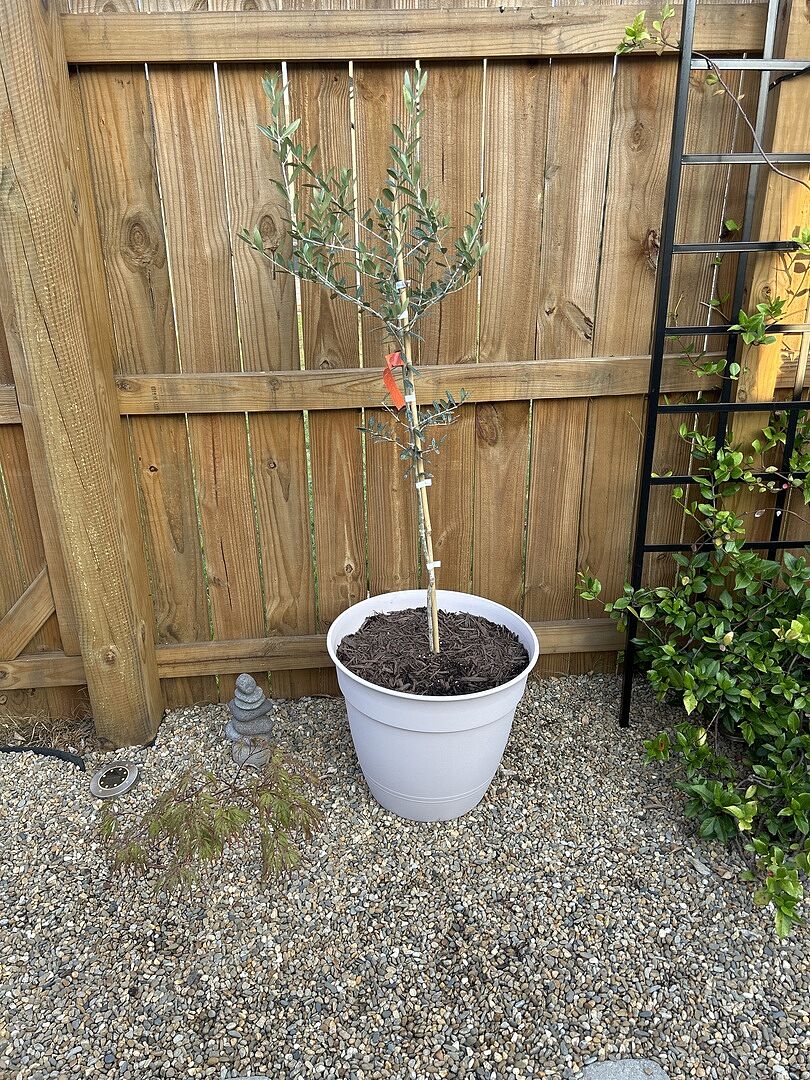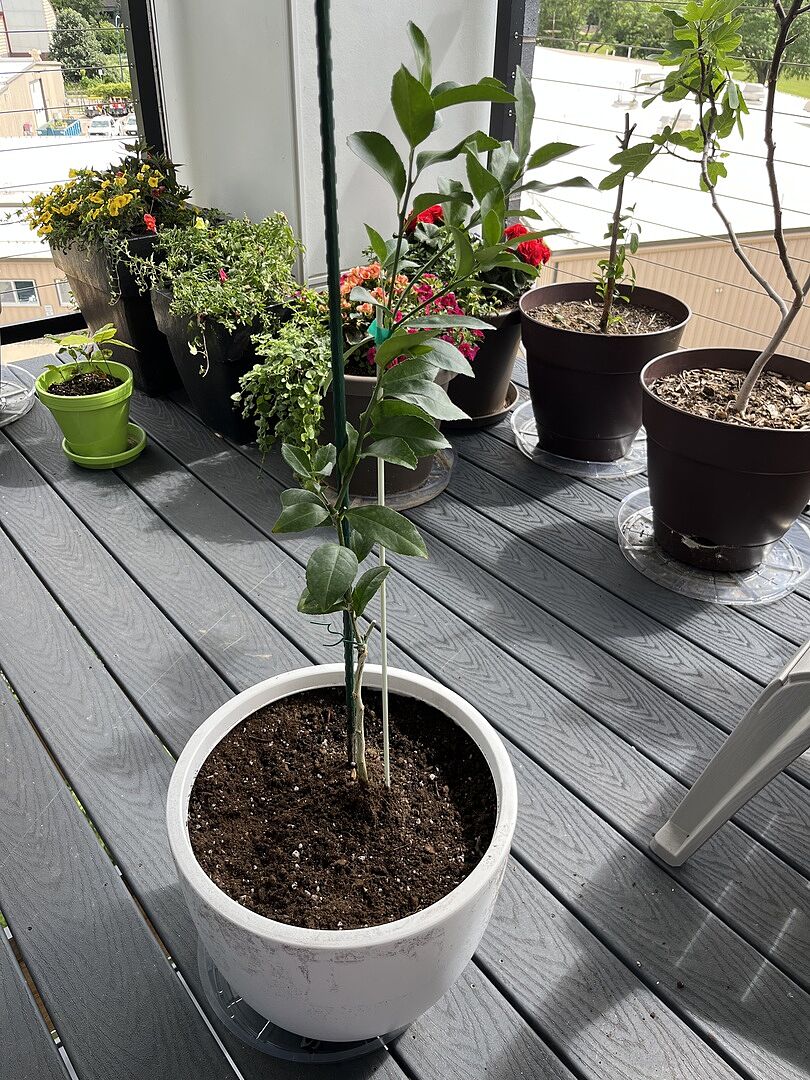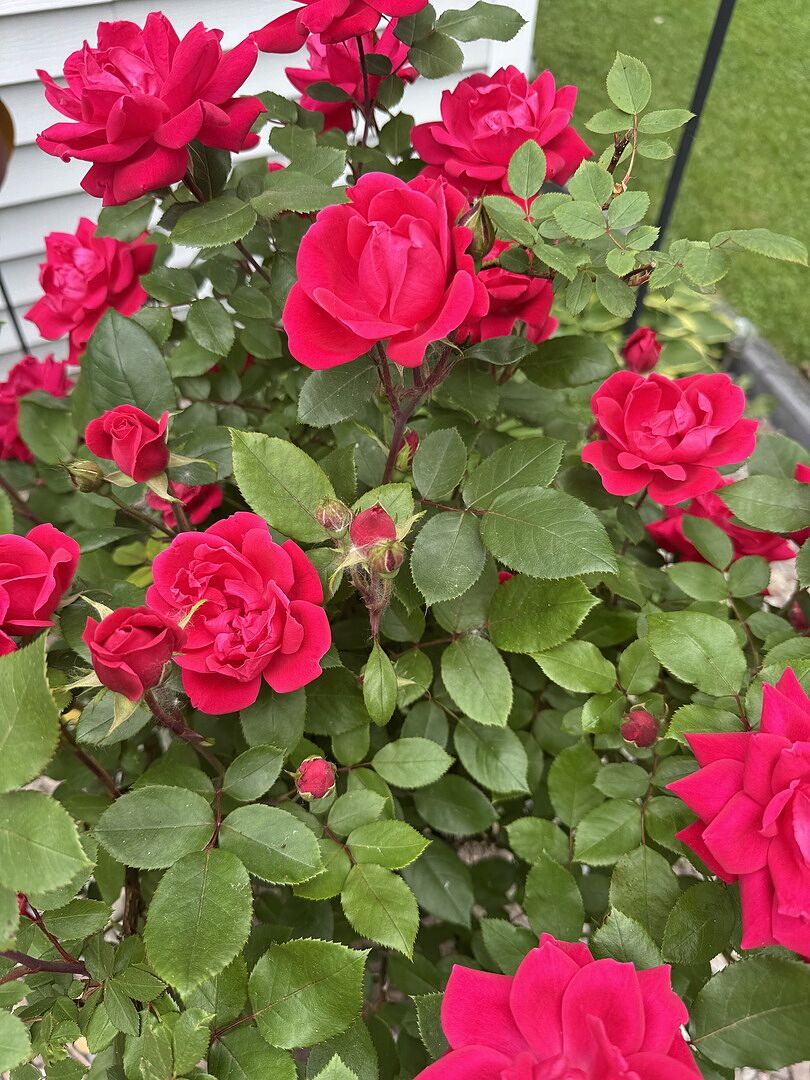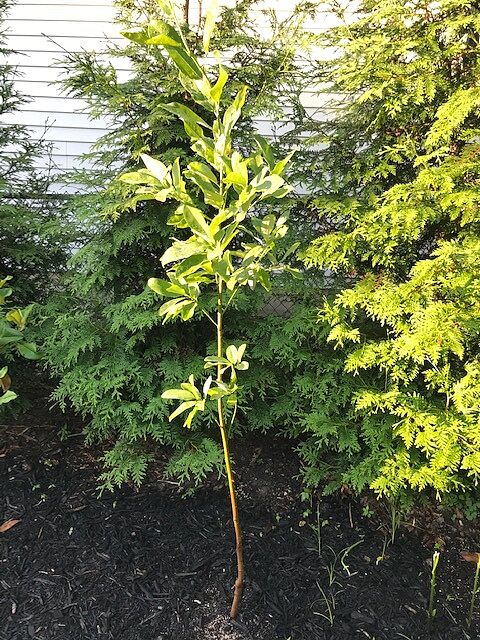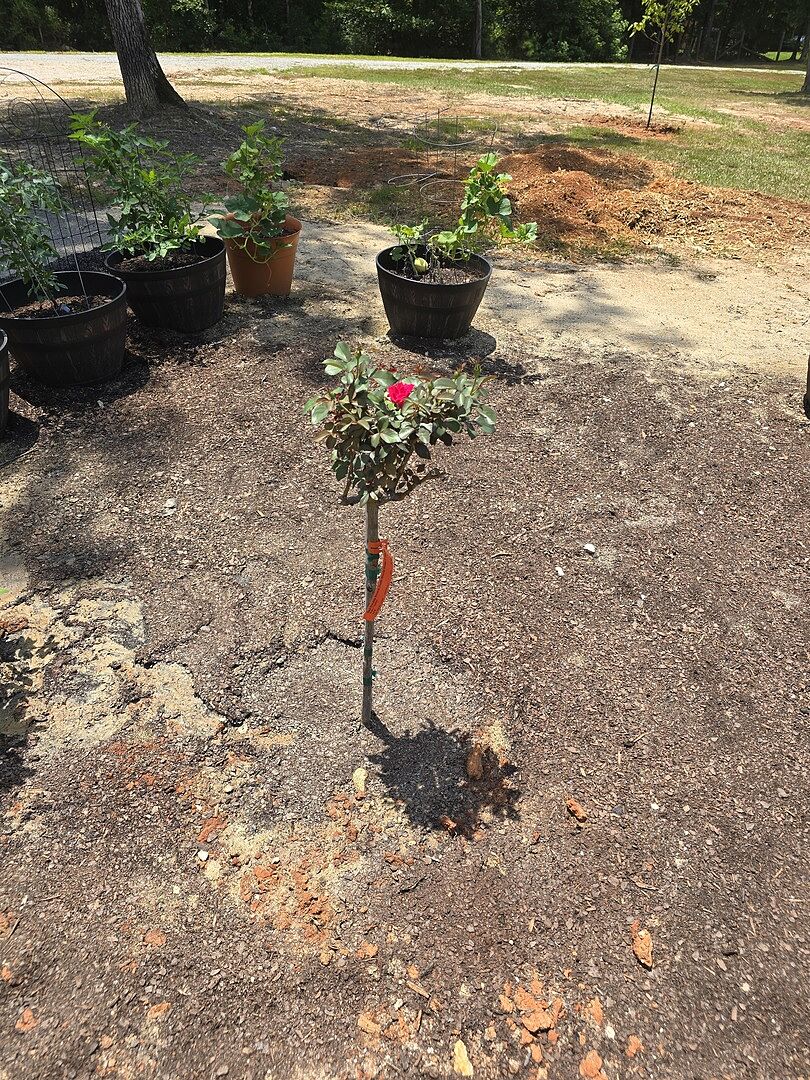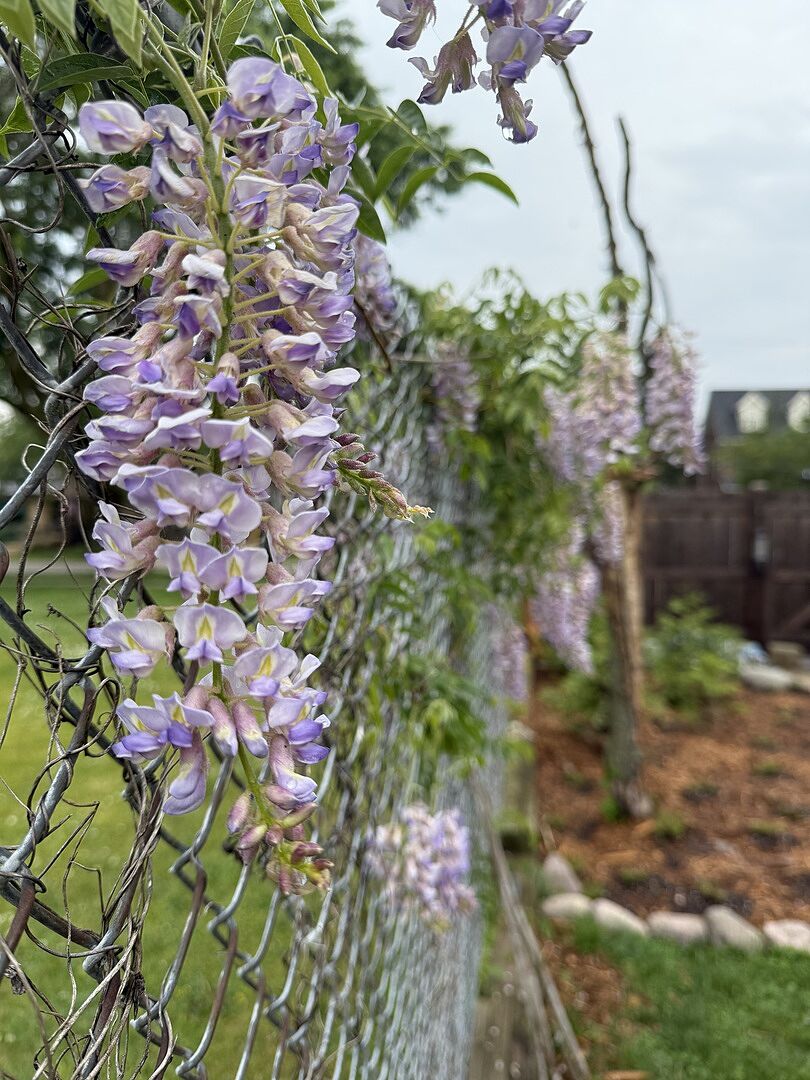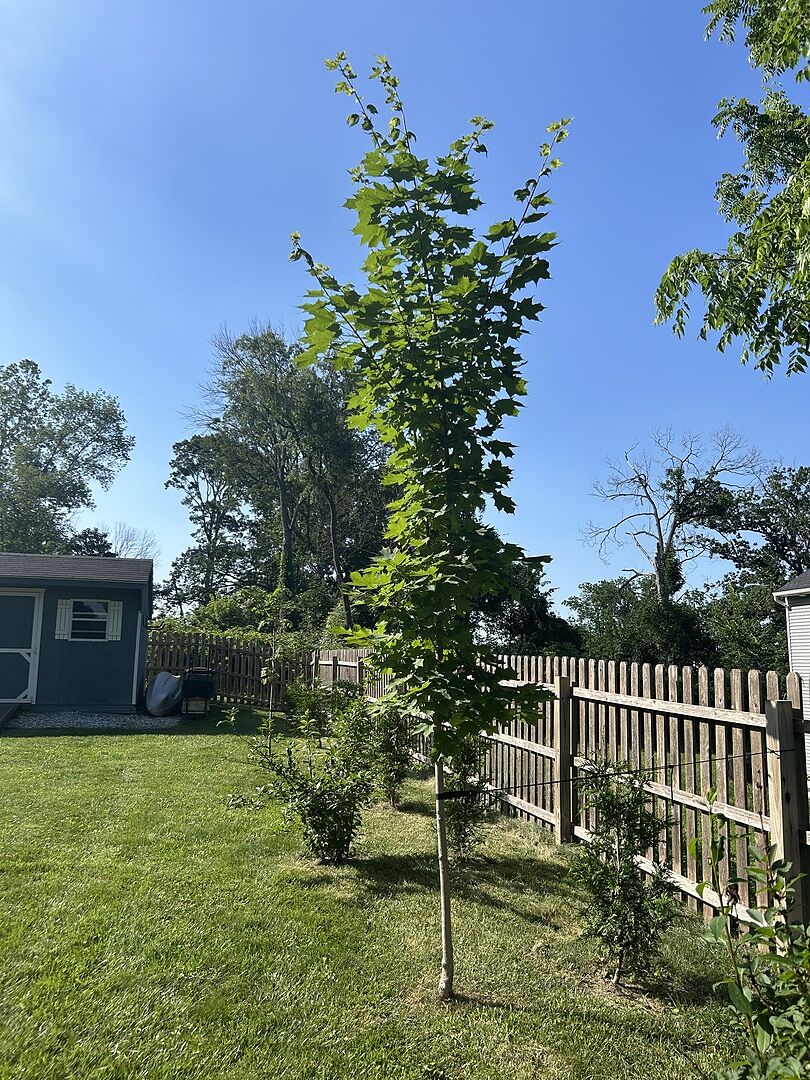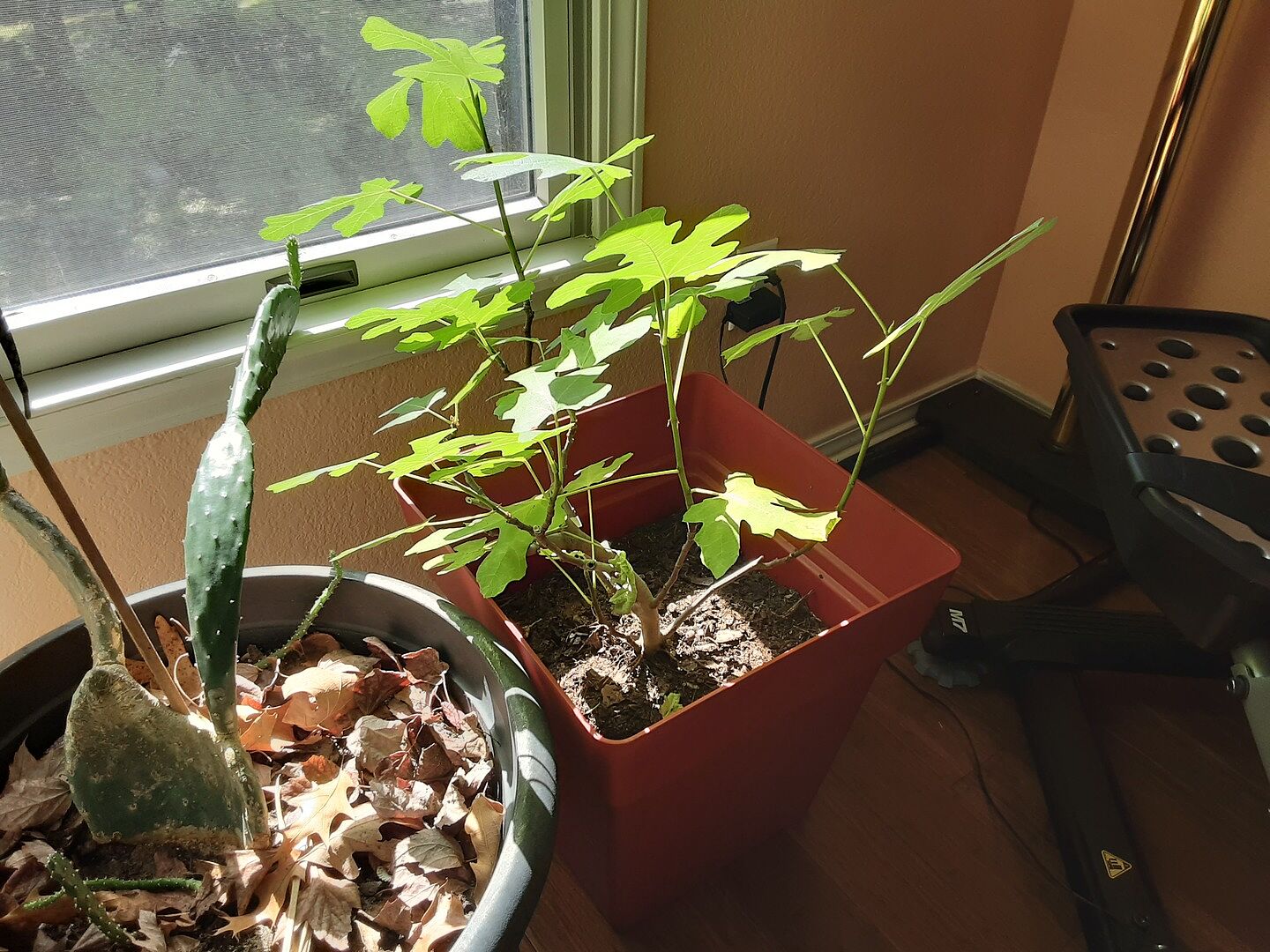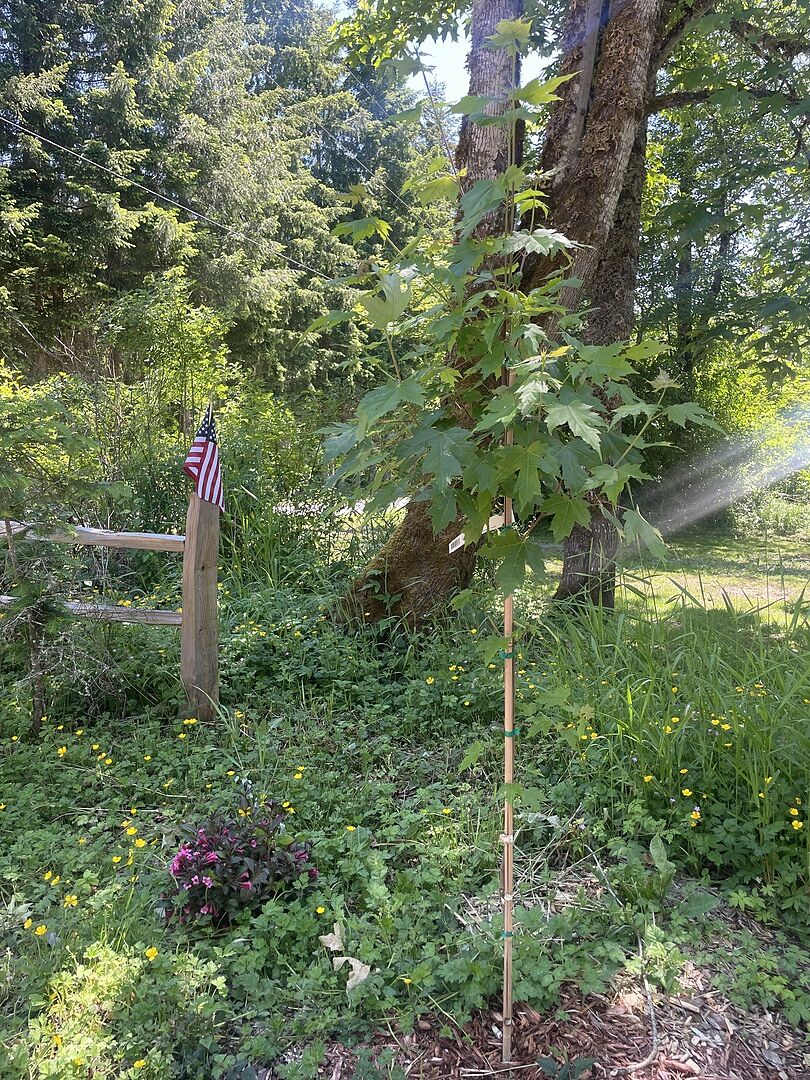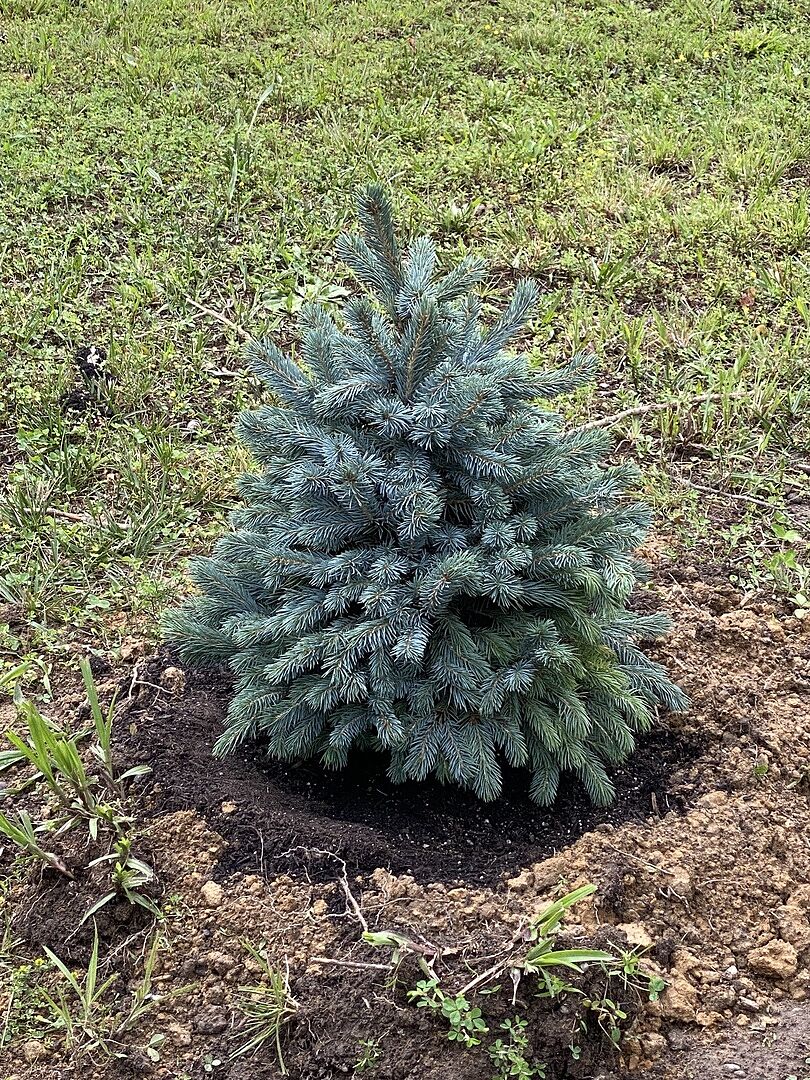How to Prevent Winter Evergreen Damage?

Last updated: Nov 02 2021

Winter is harsh, but plants can survive it with our help! The trick is knowing how to prepare your trees in order to prevent them from getting damaged through the colder months. Just remember, no tree is alike. Both the age and the type of tree will determine the level of protection it needs.
For example, newly planted trees might need more protection than older trees already established in your yard. Cone-shaped evergreen trees won’t need as much maintenance, as their shape naturally lets the snowfall off, reducing the weight on the branches. And evergreen trees with needles keep their leaves during the winter since they’re small and wax-coated, preventing excess water loss.
This isn’t nature’s first winter and it won’t be its last, so rest assured that trees know how to prepare for winter. All we need to do is help them out a little. Read on for some common winter evergreen issues and cold-season protection tips to keep your trees in superior shape this winter!

Common Winter Evergreen Issues
Here’s a list of common issues you might encounter with your evergreens during particularly harsh winters:
- Bronzing: This is the color change of leaves from green to brown/bronze often seen at the tips of the branches especially towards the top. The color appears due to the cold temperatures slowing the metabolism in the leaves. Very similar to how your nose or fingers get cold before the rest of you, the same thing can happen with leaves. The color of the leaves will return to their normal green color once spring comes back around.
- Breaking and Cracking: Winter storms can deposit layers of ice and snow on branches. Over time, this is a heavy load to bear, and younger branches might snap or split due to the weight combined with the winter winds. Older branches with previous damage are also more prone to splitting or cracking.
- Freezing: Plants contain water inside their leaves and bark. When the temperature drops, this water can internally freeze and expand, causing some splitting to occur. This is most common when there are sudden drops in temperature. If this happens, the best thing to do is keep the area free of infection. In most cases, your tree will heal over the wound in time.

Remember, winter damage is normal, and the majority of plants can recover once the weather warms up. To help reduce damage, follow the tips below!
How to Protect Evergreens in the Winter
- Mulch: Mulch provides many benefits when applied to trees yearly and offers great wintertime protection. It helps insulate the roots, keeping them nice and warm with the added benefit of breaking down and adding organic matter to your soil. The best time to apply mulch is in the fall with a 2-3” layer, making sure it’s not touching the trunk by a few inches to prevent future bacterial and fungal issues.
- Avoid Stress: Even during the winter, your plants need care. Take time to occasionally check on your trees. Look for red flags like damage or splitting that’s starting to occur. After a storm, knock off heavy ice and snow from the branches to remove the weight, and stake younger trees to provide support with heavy winds.
- Wrap your Trees: For younger trees, it may be necessary to wrap them up with a breathable fabric like burlap or the Planket. This helps keep frost off and heat in while still allowing your tree to breathe. While it may be tempting, avoid using material like a tarp or plastic, as this will suffocate your tree.
- Construct Barriers: If you have younger trees or live in an area with high winds, help prevent windburn by creating a temporary windbreak. This can be done in a multitude of ways, depending on what you have on hand, but the idea is to break up the wind so it isn’t as harsh. A popular method is to create a frame and use a tarp to redirect the wind away from your trees.
- Be Aware of Common Winter Chemicals: A common chemical used to help us in the wintertime is ice melt or salt to prevent slipping. While we benefit from the added salt, plants and trees do not and can suffer if the concentration is too high. To help prevent damage, use care when applying the ice melt, keeping it away from planting beds and trees. If you do notice or suspect that salt is leaching into the planting areas (especially when the snow and ice melts), a good tip is to flush the area with water to help wash the excess away.

Plants are smart! They’ll naturally start preparing for winter beginning in fall. You’ll notice changes like falling leaves and slowing growth - this is all part of their winter preparation. Internally, your trees will start to slow down the metabolic processes to become dormant during the winter, similar to the way a bear goes into hibernation.
Even though plants know what they’re doing, they still need a little assistance sometimes. That’s why it’s important to properly prep your trees for winter and also identify and treat any issues they may experience. That way, your flourishing forest will be ready to thrive come springtime!
For more winter care info, check out these resources:
And don't forget to shop our reliable collection of Evergreen Trees!

Written by
Sarah Logie
As Content Strategist at FastGrowingTrees.com, Sarah is smitten with words and a fanatic for flowers, particularly cut florals and house plants. With a love for curating compelling content, she also enjoys furthering her plant knowledge along the way! A few of her favorite flowers include hibiscus, hydrangeas, peonies and dahlias.
Sarah’s fondness for plants was cultivated through many childhood trips to Longwood Gardens in southeastern Pennsylvania, as well as through her first job out of college at a floral event design company. In her free time, catch her snapping photos of anything and everything, day-dreaming about interior decor, and enjoying the outdoors any chance she gets.

















